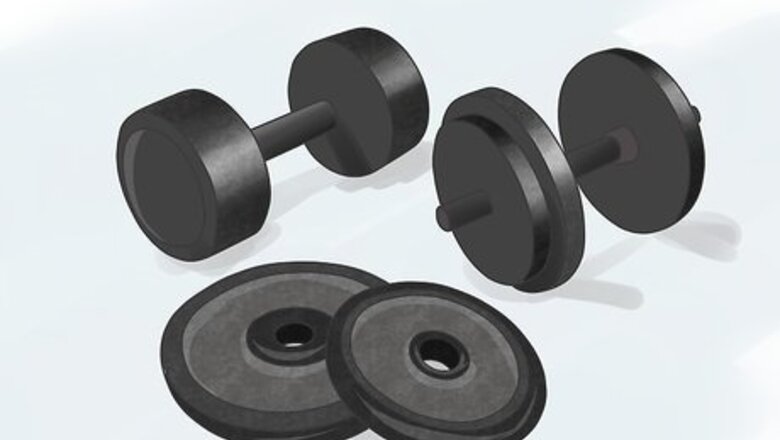
views
Preparing for the Workout
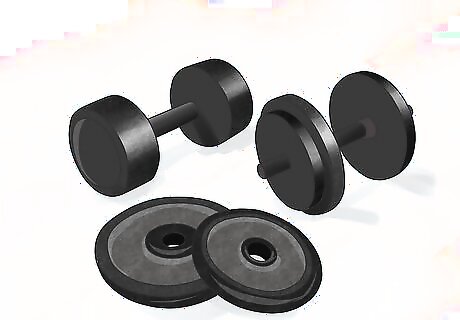
Choose your weights. Select a few different dumbbell sizes to experiment with lifting. Make sure you can lift the dumbbell comfortably and repeatedly. Your focus for lateral raises will be building muscle tone, not on lifting heavy weights. While dumbbells are most popularly used for this exercise, they are not a requirement for doing lateral raises. You can use a resistance band if you’d prefer not to use dumbbells. The main difference between using a resistance band versus free weights is that with a resistance band, you will use your feet to keep the band in place as you pull up on the ends of the band. Your form and technique should be the same as it is with free weights. Selecting the correct weight is important and key for lateral raises, but do not get caught up with finding the perfect weight. Using a lighter weight will cause tension and resistance with the more reps you do each set.
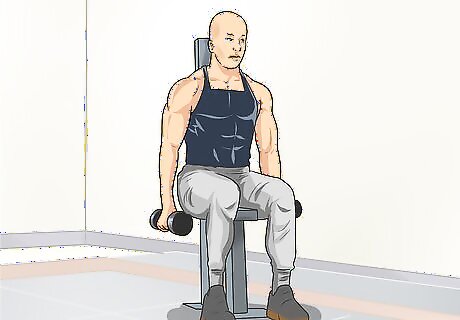
Stand or sit with a dumbbell in each hand. Keep your legs shoulder-width apart, hip-width apart or in a split-stance position to keep your body stable.
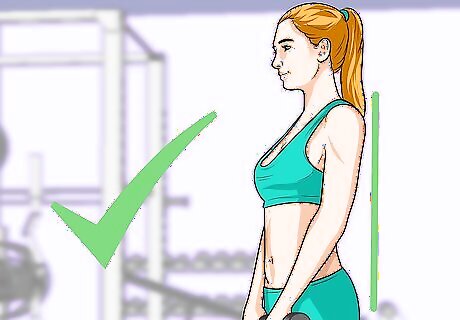
Straighten your back and keep your chest out and open. The arm can be straight (but not locked) during this exercise. If you are using dumbbells, you can also bend your elbow at a 90° angle (do not bend the elbow to 90° if you are using a resistance band).
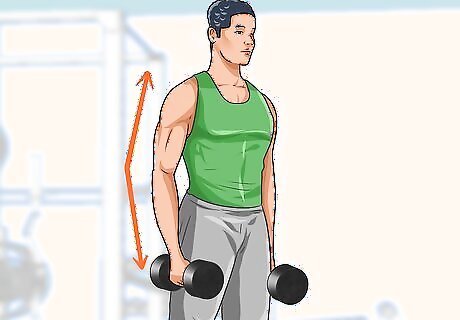
Keep your chest up, with a slight bend in your elbows. Pull your shoulder blades down and back. You should feel a slight tension in your shoulders, which is completely normal.
Beginning the Raise
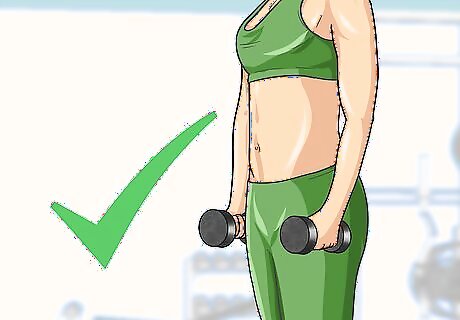
Hold a dumbbell in both hands and at your sides. Turn the palms of your hands inward so that they are facing your body. Keep your thumbs wrapped around the dumbbell handles, or turned toward the ceiling if you want to work out different muscle groups. Get your torso ready for the raises by tightening your abs and core muscles. If you are using a resistance band, stand on the center of the band and take a handle or end of the band in each hand. There should be some tension in the band.
Raise the dumbbells out to the sides, just below shoulder-height. Slowly lift each dumbbell out to the sides, like wings, until your arms are almost parallel to the ground, almost at shoulder-height. Slowly exhale as you use the muscles in the top of your shoulder to lift the dumbbells. Keep your head straight and aligned with your spine. It the lats are engaged, and the shoulder blades are retracted (as they are supposed to be), it is impossible to lift the arms above shoulder height. If the arms go above shoulder height, the lats are not engaged. If you are doing the exercise correctly, your arms will not go higher than the shoulders. If you are using a resistance band, lift the ends of the band as you raise your arms to shoulder-height or just slightly below.
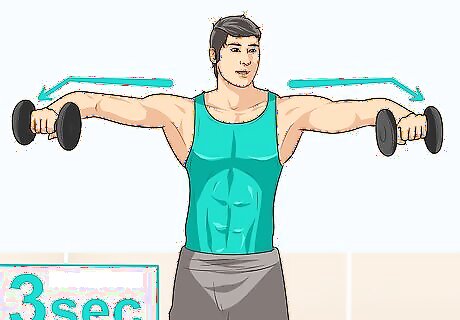
Hold the raise for two to three seconds with a slight bend in your elbow. Allow yourself to build a little tension in your shoulder, making the workout more effective. Keep your core engaged and stabilized. Do not flex your wrists or position your arm so that your wrists are higher than your elbows (they should be roughly at the same height or in line). If your wrists are held too high you will shift the work away from your shoulders. To prevent this, imagine the dumbbell is actually a bottle of water and you are tilting it forward to pour out the water.
Completing the Rep
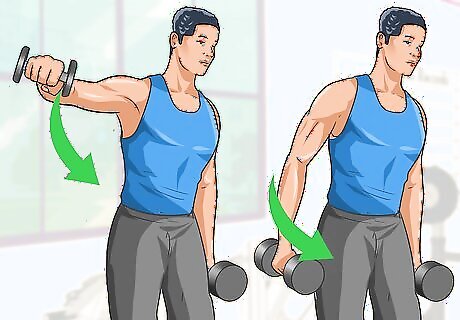
Lower your arms slowly back to the start position. Take two to three seconds to slowly lower the dumbbells back down to your start position, steadily inhaling as you go. Your movement should be slow and controlled. If you are using a resistance band, slowly lower your hands back to the starting position. Do not allow the tension in the band to pull your arm back for you — this should be a controlled movement.
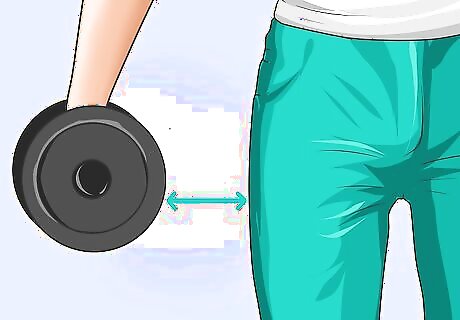
Keep your arms away from your body. Elevating the arms from the sides of your body will keep the stress on your deltoids. Don’t allow your arms to touch your body when you reach the bottom of the movement.

Repeat the move by raising your elbows up and out to the sides. Lead with your elbows so that they’re the highest part of your arm when you do the raise. Your elbows should lead the lift to keep the workout concentrated on your deltoids. Concentrate on how your muscles relax and contract when you do the raise.
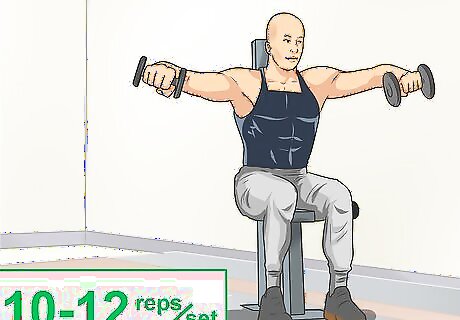
Complete 10 – 12 reps per set. Keep the reps slow and consistent to build resistance in your arms. Repeat until you’ve completed a minimum of three sets. Aim to complete three sets three days a week, for at least six weeks to start seeing results. Increase or decrease the number of reps you do per set to change your level of difficulty.













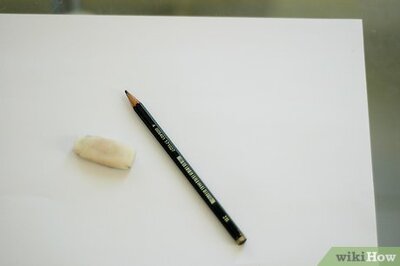

Comments
0 comment